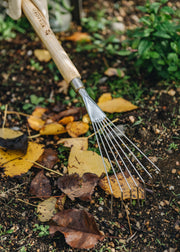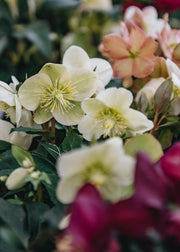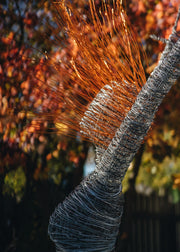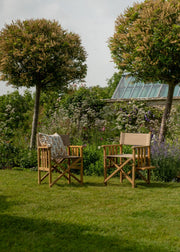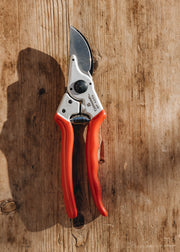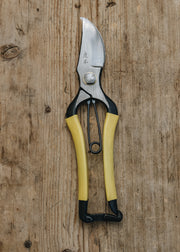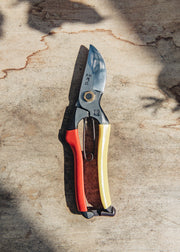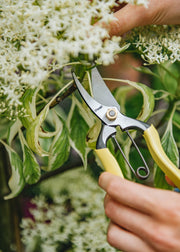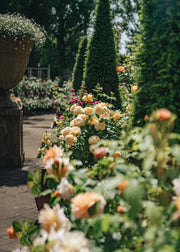How to: Prune a wisteria
The beautiful, scented flowers of the wisteria make this one of the most desirable climbers, swathing walls and houses with its glorious majesty. But sometimes this plant can become quite the entitled princess -left unchecked, this vigorous vine will literally start to take over a space, finding its way into any nook or cranny, and reneging on its promised flowers. It is easy to take back control, however, by following a regular pruning regime, so don’t let its imperious nature put you off.


The two most commonly grown wisteria in UK are Wisteria floribunda (Japanese wisteria) and Wisteria sinensis (Chinese wisteria). Both are strong, vigorous climbers, reaching heights of up to 20m (66ft) when grown against a wall, so need regular pruning to stay under control. Pruning is also important to encourage flowering, as flowers form on previous growth rather than on the tendrils, so the plant’s energy needs to be directed, by pruning, into forming buds rather than foliage.
Allow a newly planted wisteria to become established and cover your wall or structure (by training whippy growth into the support and trimming off any low branches), before you start formal annual pruning to encourage its flowering.
Pruning should take place twice a year- in July/August and again in February /March. Think of it rather like a trip to the hairdresser – summer is just a trim, and winter is a full restyle!
Before you start to prune, clean the secateurs' blades with disinfectant to avoid inadvertently transferring any disease. Alongside the tools, it is a good idea to have sturdy gloves and biodegradable jute ties or fixings for training.
Tools for the job
Cut back lateral shoots and side shoots to within five to six buds of a main branch. This allows better air circulation and sunlight to reach the young growth, encouraging flower production rather than vegetative growth. Tidy, train and tie in so that the plant is controlled.


Cut back the shoots pruned above to within two or three buds of their base. These will bear the coming season’s flowers, and ensure flowers are not hidden by leaves.
Hard pruning can also take place now to remove damaged branches or branches that may be obscuring windows. Hard pruning will stimulate growth so it’s a good idea to avoid feeding in the first spring after pruning!
Tidy away any cuttings – wisteria is toxic so don’t allow any pets or livestock chew sticks.
Now, all you must do is sit back and enjoy the stunning floral display next year - the crown jewels of your labours!


